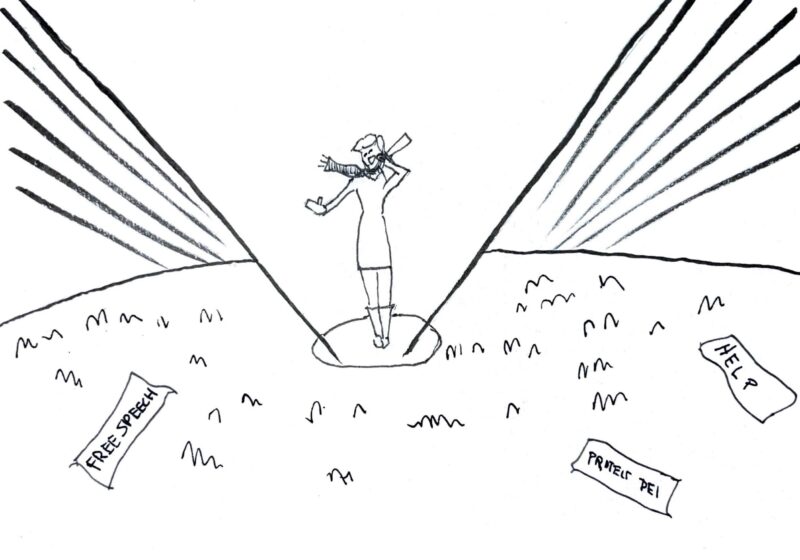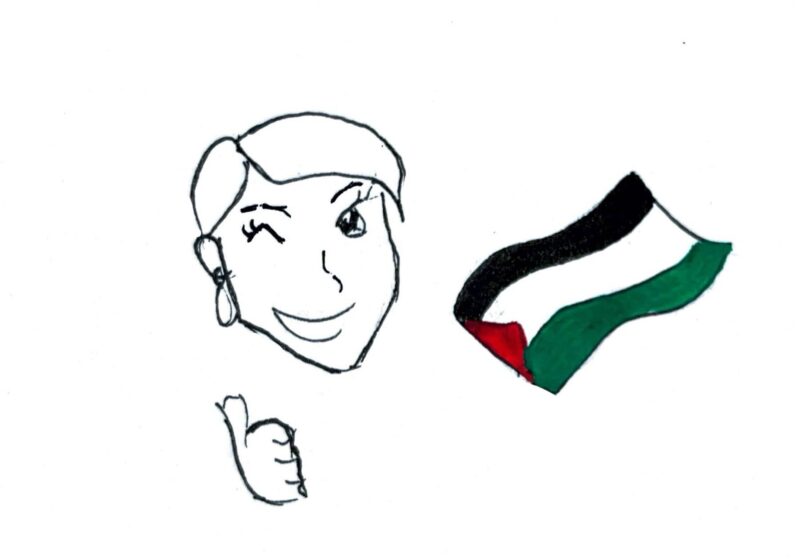There are many student organizations on campus based on culture or identity like the Korean American Students’ Association, Spanish and Latino Students’ Association, Pan-African Students Association, Pride Network, and Society of Hispanic Professional Engineers. The members of each group usually reflect the name of the group or what the group’s mission is to serve. Do the names limit other interested people with different identities to join?
When cultural groups explain what their club is, they make sure to emphasize that all are welcome, and they genuinely do want people of other identities to join their club. But their clubs mostly consist of people that share the same ethnicity or identity. But simply saying that we value diversity is not enough.
An open door is not enough as a welcoming invitation. An invitation consists of diverse members, diverse sponsorships, and a diverse executive board.
The National Society of Black Engineers (NSBE), a club I’m in, held a general members’ meeting called “Bridging the Gap” this week. It was about the relationship that domestic students have with international students. (There is a noticeable divide between the two.)
According to US News, our campus is “diverse” with 47.5 percent of students being white, 10.6 percent Asian, 6.6 percent Hispanic/Latino, and 5.1 percent Black/African American. According to collegefactual.com, URbeats the national average for diversity in every category, like ethnicity, gender, and geographic origin. But despite the relatively large population of international students as compared to other universities, there is a lack of integration.
There is no need to blame UR — this is just how humans work. Humans want to be with people that relate to them most. But everyone has something in common with everyone — there are fewer differences between us than we think. Yet it is difficult to encourage that sentiment in the people who attend our club meetings and the members of our executive boards.
These are just a few points that we discussed as a group during our general members’ meeting. We didn’t just vent, but offered some solutions that, if implemented, will help solve the integration problem. The group decided that we should have an international representative or domestic representative on our executive board. This visual representation is the open door that we have all been waiting for.
Hopefully, by having these new positions, integration will spread to the rest of our college community.




